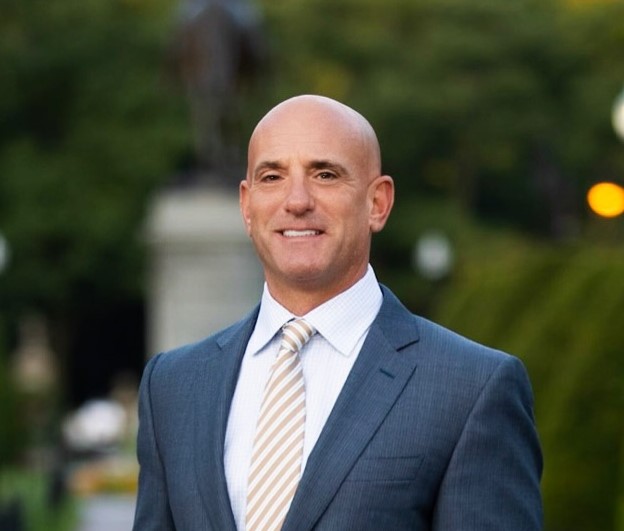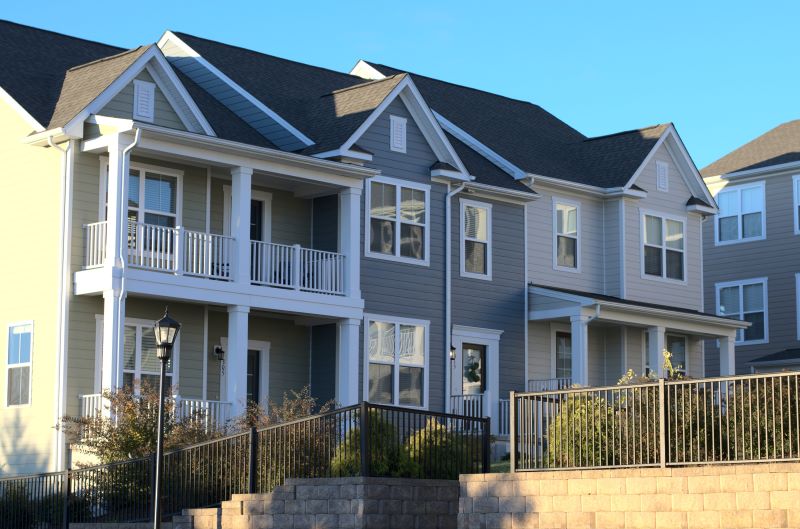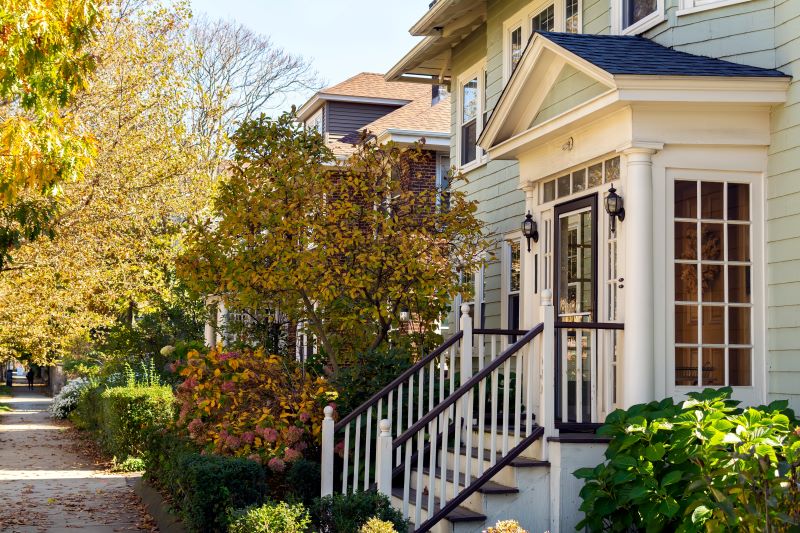
Between 2000 and 2015, enrollment in U.S. undergraduate degree programs increased by 30 percent, from 13.2 million to 17.0 million. By 2026, that number is expected to increase to 19.3 million. For many real estate investors, the uptick in college enrollment can only mean one thing: it’s a good time to invest in off-campus student housing!
College enrollment continues to increase and for real estate investors that can only mean one thing: it’s a good time to invest in off-campus student housing!
There used to be a time when college students only had a few options for housing. They could live in a dorm on campus. That’s not really an attractive option, as the average college dorm is 51 years old. They could move into an off-campus apartment, but those are notoriously run down. Or they could move in with mom and dad, and who wants to do that during their prime time college years?
Savvy real estate investors have come to realize that off-campus student housing, if maintained properly and positioned well, can be highly lucrative. When the average person is already racking up tens of thousands of dollars in student loans (for better or worse!) paying up for a comfortable and well-located off-campus pad doesn’t seem so far-fetched.
Stats Show Student Housing is Growing in Popularity
Don’t just take our word for it. Let’s look at some of the numbers driving the growth of the student housing market.
In 2016, the average bedroom rental rate increased 3.6% while occupancy rates rose by a half a point, according to a new analysis by CBRE. The average occupancy rate for new off-campus student housing is in the mid-90% range. Stabilized off-campus units hover around 99% occupied during the school year.
Student housing acquisition volume skyrocketed in 2016. There was an estimated $9.8 billion worth of transactions completed last year, a $4.2 billion increase over 2015 and more than three times higher than transaction volume in 2014.
Student housing continues to appreciate at record rates. On a price per bed basis, student housing reached a record high in 2016. The $66,386 per bed average was 10% higher than 2014 and 30% higher than in 2014.
These factors, combined with the funding challenges some colleges and universities face in building on-campus student housing, has created an opportunity for private off-campus property to serve pent up demand.
Investors also like student housing given its ability to weather economic downturns.
“When you remind investors that when the economy goes into a recession, enrollments go up – a light bulb goes on in their heads,” Randy Churchey, EdR Chairman and CEO explained during a recent panel discussion. “What really attracts [investors] to our business is the stability of cash flows.”
In other words, even in a down market cycle, student housing tends perform well.
Buyer Beware: Student Housing Isn’t Without its Challenges
Before you run out and buy the closest multifamily property near your local college or university, consider the unique challenges landlords face when renting off-campus student housing.
First, tenants tend to be first-time renters. They may not have a credit history or landlord references to check; they might not even have an employment history. They could be completely green tenants. That means you’ll probably want a parent to co-sign on the lease. This can add financial security to the transaction, but dealing with parents (who are often living outside the city/state) can be its own burden.
Second, college students tend to cause excessive wear and tear on units – particularly compared to older or long-term renters. And because they’re often renting an apartment for the first time, they might not be prepared to deal with basic maintenance like changing a light bulb. They might crank the heat and leave windows open, driving up your utility bills. They might forget to grab their keys and realize they’re locked out at 2am. Be prepared for frequent calls at all hours of the night.
And finally, student housing runs on pre-defined lease cycles. Most leases will coincide with the academic calendar, from Sept. 1 through August 31st. Some students only plan to stay in town during the school year, so they’ll want to sublet their units during the summer months. Student housing is already a market segment with high annual turnover, and subletting only exacerbates this reality.
In any event, you’ll need to brace yourself for quick turnovers on August 31st to get units ready for the next year’s tenants—all of whom are eager to get in and get settled before the school year starts. If you own a lot of off-campus apartments, it might be worth hiring a property manager to get your units in rent ready condition on a virtually overnight timeline.

Demetrios Salpoglou
Published September 25, 2017
Demetrios has pulled together the largest apartment leasing team in the Greater Boston Area and is responsible for procuring more apartment rentals than anyone in New England – with over 130k people finding their housing through his services. Demetrios is an avid real estate developer, peak performance trainer, educator, guest lecturer and motivational speaker.










